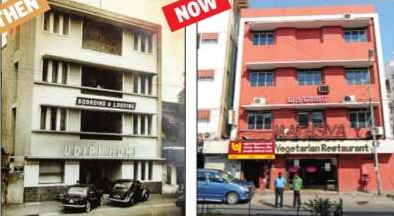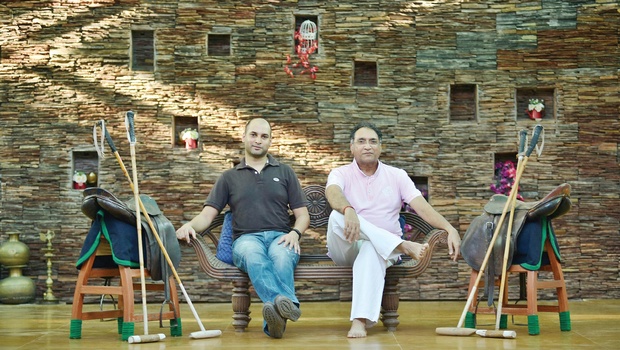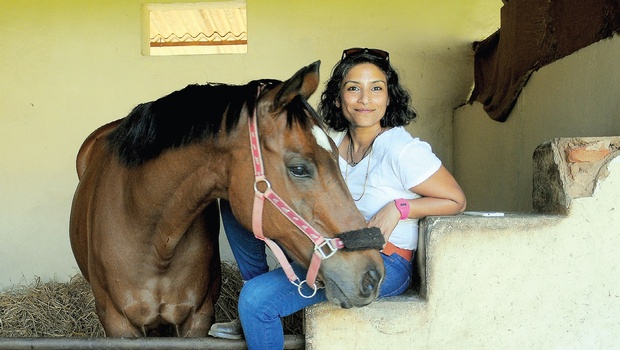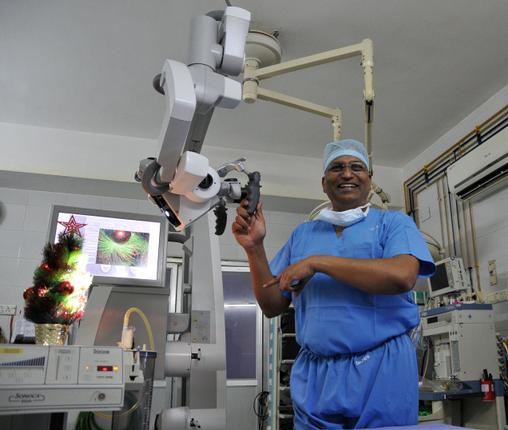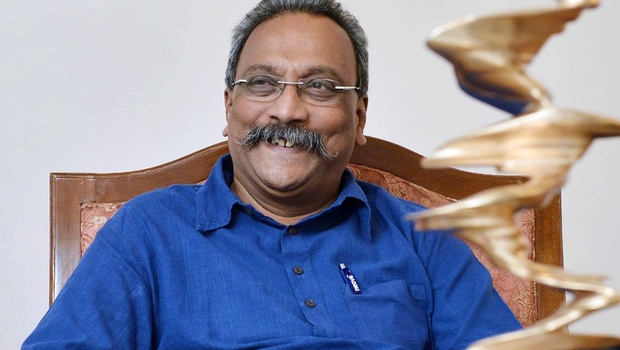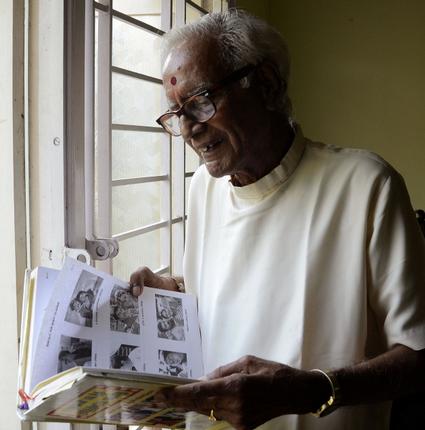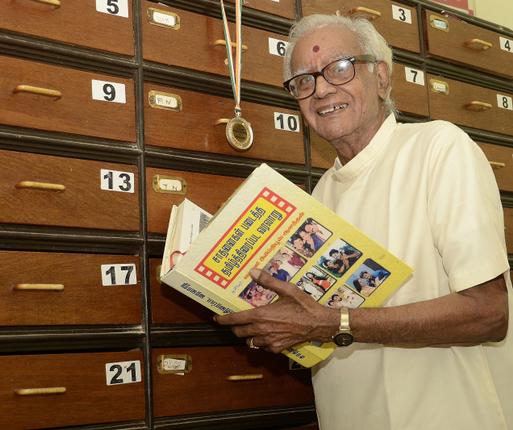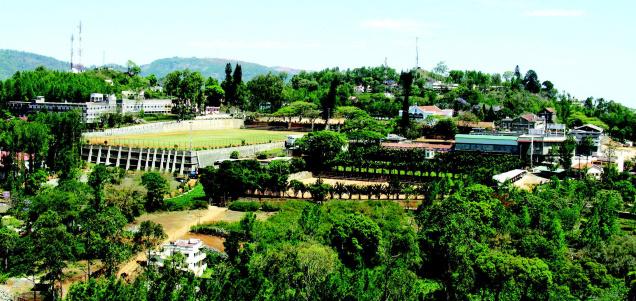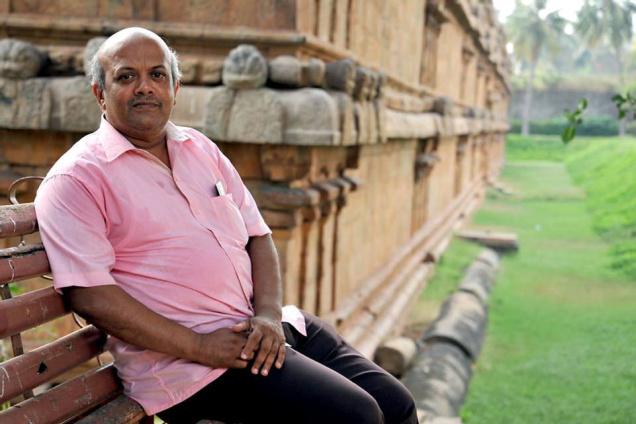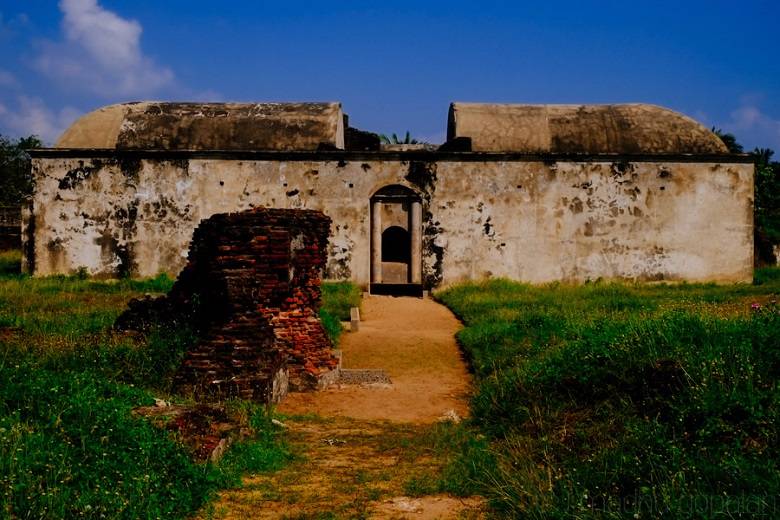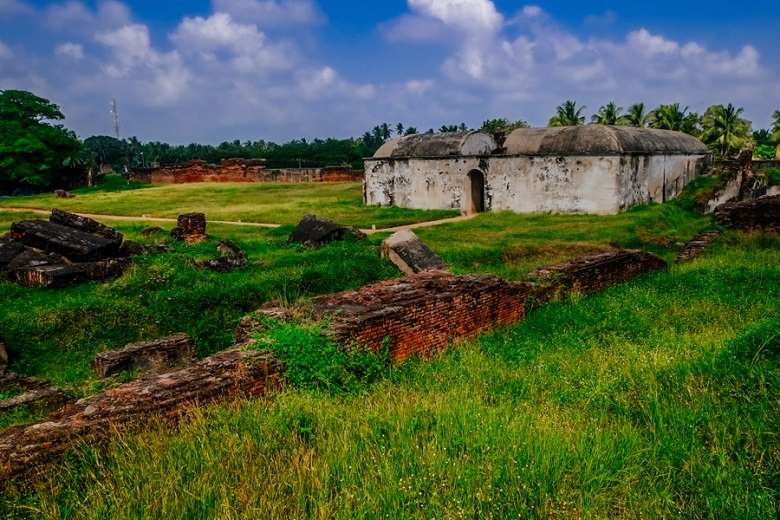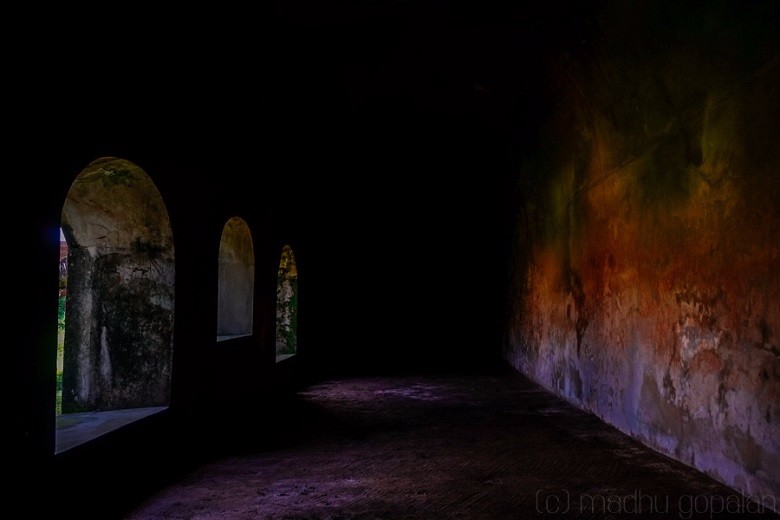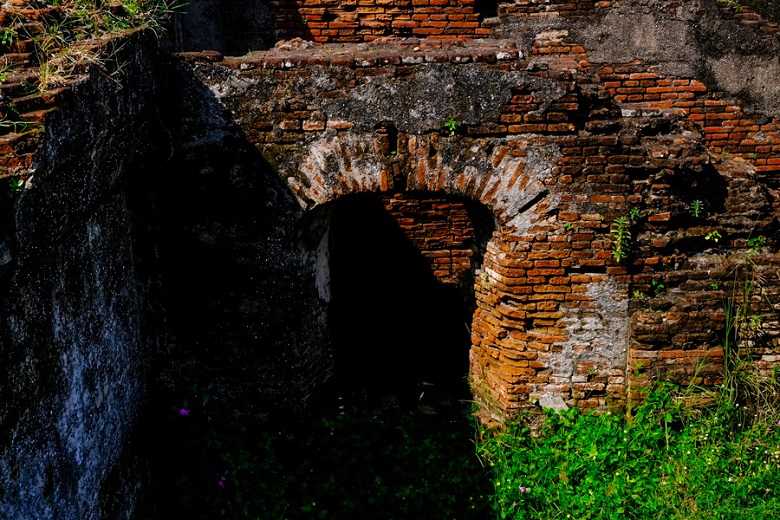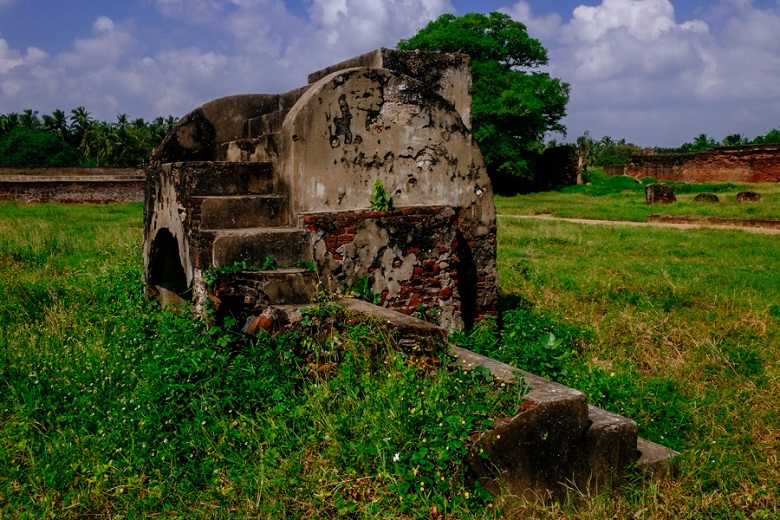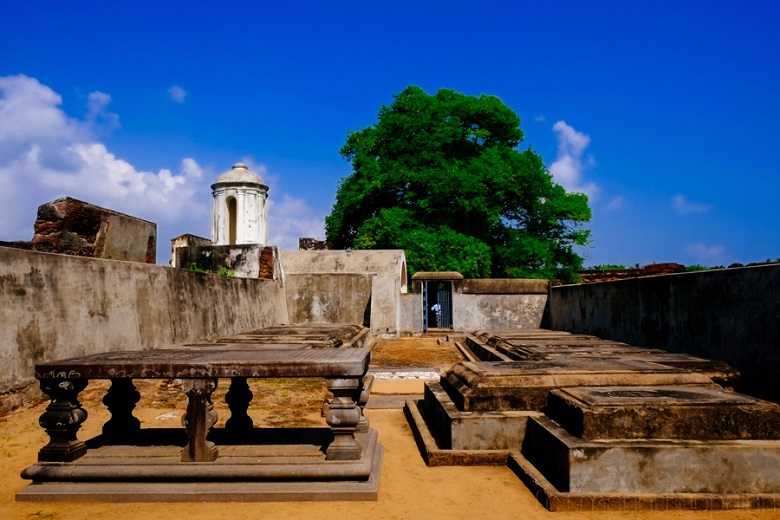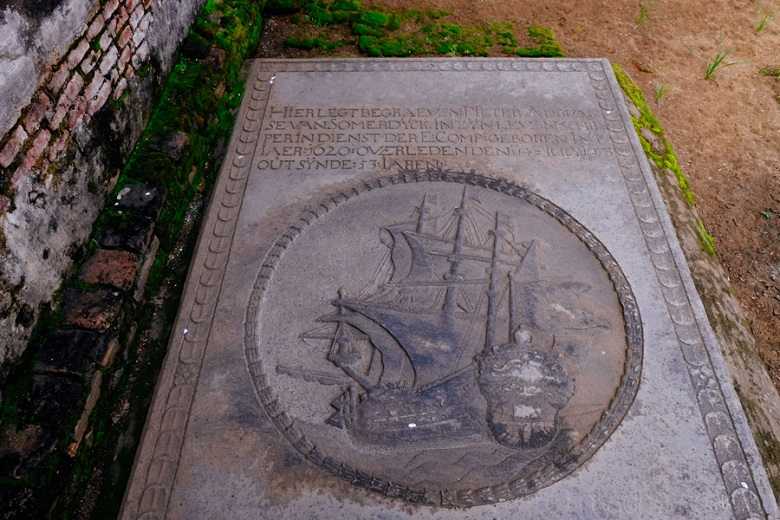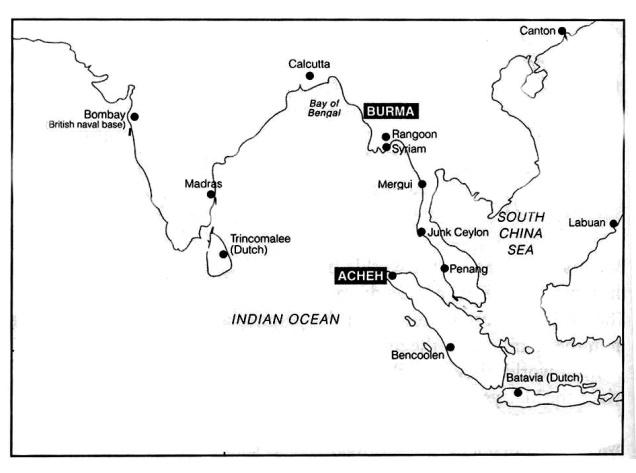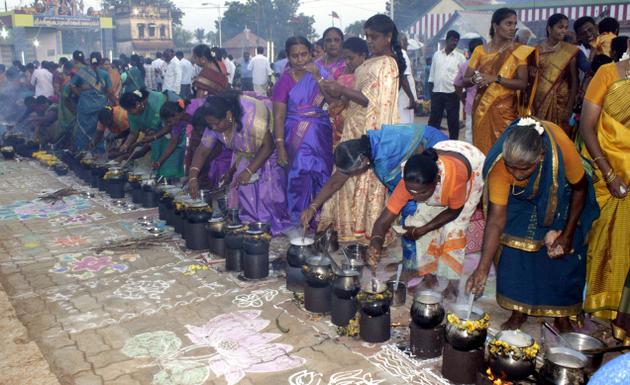
/ The Hindu
Terrain and climate have endowed Tamil land with a unique culinary culture. Geetha Venkataramanan captures the essence.
‘Unavae marundhu, marundhae unavu’ – this sums up Tamil food, rather food consumed south of Asia from the ancient days. Traditional food and recipes are catching the attention of the health conscious even as the so called convenient and fast food have made inroads into lifestyle.
The presentation that C.P. Ramaswamy Iyer Foundation had organised recently in Chennai came as a timely reminder not only of the wealth that Tamil Nadu has in terms of food but the history and culture behind the treasure. The speakers – Kausalya Santhanam, Bhaktavatsala Bharati and Viji Varadarajan – took the audience through the Tamil land’s rich (vegetarian) food heritage spanning thousands of years.
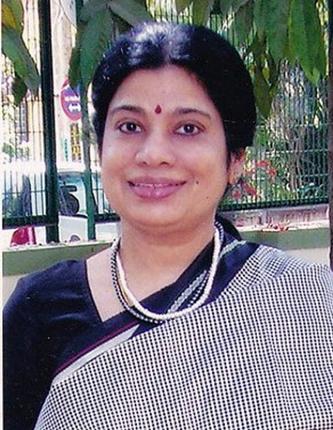
The humble idli, eminently suitable for all ages (thanks to steam preparation), did not after all originate here, said Kausalya, who acknowledged Dr. K.T. Achaya as her source. It has its roots in Indonesia, where it was called ‘kedli,’ the chefs accompanying the kings of that country bringing with them the methods of fermentation. The staple food of the South Indians finds mention in Manasollasa, the 12 century encyclopaedia. Dosai and aappam find mention in Sangam literature.
The five divisions of land as Marudham, Kurinji, Paalai, Mullai and Neidhal have high value in Tamil literature with the people and the chieftains leading lives as dictated by the nature of the terrain in which they lived.
Sangam literature attributes distinctive characteristics to the denizens of each region. Geography decided the occupation of the people, which in turn reflected in the food they ate.
Rice figured in ancient Tamil literature, that which was stored for three years considered premium. Guess what Brahmins ate? Curd rice and mango pickle! Rice roasted on hot sand was a favourite snack.Pathupattu sings of salt exchanged for rice. All, including women consumed alcoholic beverages, toddy being the most common.
Sesame oil (nallennai) and coconut oil find mention in Naaladiyar and Divya Prabhandam. While references to turmeric and pepper are plenty, conspicuous by its absence is mustard. How was food seasoned then, one wonders.
In recent history, the Maratha rulers had several kitchens, so elaborate was the cooking drawn from various cuisines.
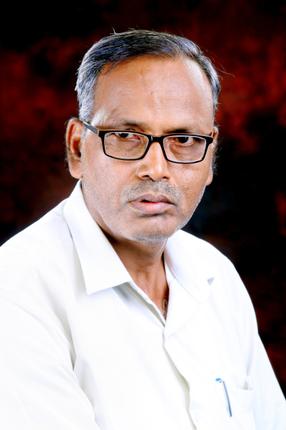
It was the Kurinji (hills) people, who discovered fire to cook meat, informed Bhaktavatsala Bharati. Mullai (pastoral) people, basically farmers, took to boiling and frying was a technique adopted by the people of Marudham and Neidhal (seashore). He went on to say that ancient Tamil has 13 terms to refer to food, Una, undi, agaaram, for example.
There were 209 sub-cultures and as many food practices. Eating, he said, was a social act. Food was meant to be shared. Quite understandable, hospitality being the hallmark of the Tamils. The concept of sharing is behind the act of Koozh vaarthal, an activity so common in Amman temples (annadanamcould be an echo of this custom) and which transcends the rural-urban divide. The haves and have-nots found a common ground here. Grains were collected and the porridge made to be distributed among the villagers. Mayanakollai also is based on the same concept, he said. The temple figured as a place of refuge and solace, where the local community gathered. The temple kitchen is therefore as sacred as the sanctum, he observed.
Water was brought from the Cauvery delta to quench the thirst of pilgrims, who trekked to Palani (Kurinji), to participate in the famous Panguni Uthiram festival happening in March, when the weather is hot. The generosity was reciprocated by the Nattukottai Chettiar community that carried jaggery during Thai Poosam, January being a cooler month and the sweet would give warmth in the hilly region!
Yet another point to underline how food and eating were community-based. Bharati made the interesting observation that the woman was the first farmer, her tool being the trident (soolam). It has always fallen upon the women to feed the family, a trait that can be traced back a thousand years and more. What better way than to dig the soil and sow seeds for long-term benefit?
Food united communities and flavours differed although the same ingredients were used.
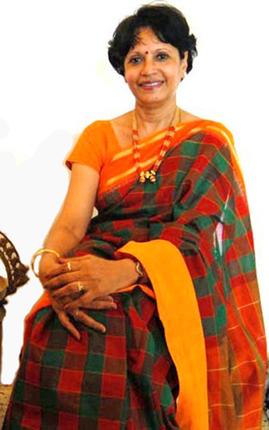
Viji Varadarajan explained how food was classified according to three qualities – tamas, sattva and rajas, the middle one preferred by Brahmins, especially the priestly class. This accounted for the absence of garlic and onion in their preparations. The components that go into a typical sambar have medicinal properties that cannot be ignored, she said.
Author of several cook books, Viji literally led the audience through the hills and plains of the South, where the Kongu, Vellala, Chettinad, Kannada, Andhra and Kerala communities tossed and tweaked ingredients to offer recipes unique to their belts.
To the modern refrain of eat millets, Viji’s answer was: “Yes, millets are healthy and nutritious. But it is best to continue with what one grew up with. Only mind the portions.”
Globalisation opened all the doors, food being no exception. Fast recipes and takeaways have reduced the time spent in the kitchen. Teach children the importance of traditional food, which alone can keep modern day’s diseases at bay, Bhaktavatsala pleaded. Can across the counter delicacies offer ‘Ammavin kaimanam’ that comes with so much love and concern? Kausalya’s question was of course rhetoric.
When Masterchef shows are popular, it is most appropriate that C.P. Ramaswamy Foundation chose to whet the appetite for traditional cuisine, which never considered food and health as two different things.
The taste buds were taken into account too, as the delicious sweet thinaipongal offered at the start indicated.
For details email, Bhaktavatsala Bharati: bharathianthro@gmail.com; Viji Varadarajan: vrnalini@gmail.com; Kausalya Santhanam: kausalyas16@gmail.com.
source: http://www.thehindu.com / The Hindu / Home> Features> Friday Review / by Geetha Venkataraman / May 13th, 2016
